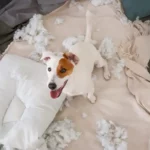Welcoming a new pup to your home?
Don’t worry.
The potty training guide is here to help you.
Understanding Your Puppy’s Needs
Got a new puppy?
Potty training might seem tough, but with some tips, it can be simple.
Notice your puppy sniffing around or turning in circles?
This might be their way of saying, “I need to go!”
Pay attention to these hints.
Puppies often feel the urge after eating, waking up, or a play session.
Write down when this happens, and you’ll start seeing a pattern.
This way, you can take them out before any accidents.
Every puppy has its own way of telling you.
Some might bark, others might sit by the door or scratch it.
See what your puppy’s sign is and act on it quickly.
Small puppies can’t wait for long.
As a rule, they can usually hold on for about an hour for every month they’re old.
So, a 3-month-old puppy might need a break every 3 hours.
Feed your dog at the same times every day.
This makes their potty times more predictable.
Before going to bed, take your dog out. This helps avoid night-time accidents.
Establish a Routine
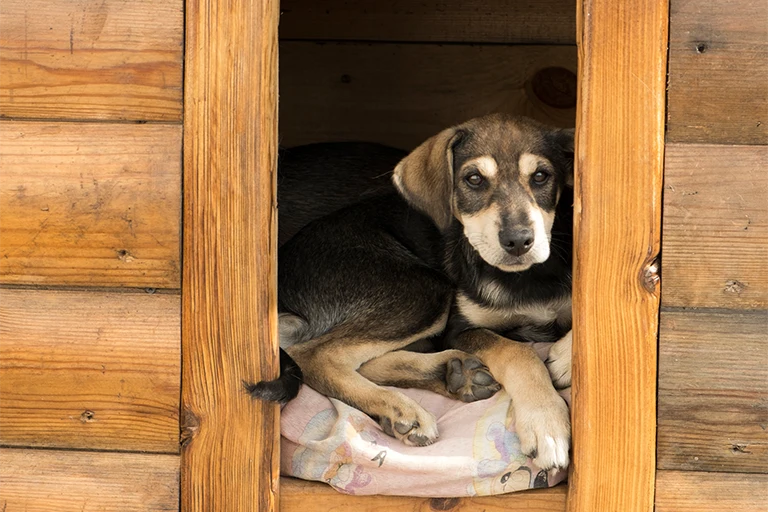
Dogs benefit from structured play and rest periods.
After a play session, take your dog out for a potty break.
Activity can stimulate the need to go, and it’s best to address it immediately.
Establishing a bedtime routine is crucial.
Before settling down for the night, make sure your dog has a chance to relieve themselves.
A final potty break can reduce the chances of overnight accidents.
The more regular and predictable the routine, the quicker they’ll grasp the potty training concept.
Maintain a log or diary of your dog’s potty times.
Accidents can provide valuable insights into their habits and needs.
Every time your dog successfully follows the routine and does their business in the right place, reward them.
Choosing the Right Potty Training Supplies
The tools you choose should remain consistent throughout the training process.
For instance, if you start with potty pads, make sure they’re always available until your dog has fully grasped the concept of using them.
Always have some small, tasty treats on hand to reward your dog immediately after a successful bathroom break.
This positive reinforcement will help your dog associate going to the bathroom in the right place with good things.
When accidents occur, it’s essential to remove any trace of the scent to prevent your dog from returning to the spot.
Enzymatic cleaners break down the molecules in pet waste, ensuring that the smell is entirely eliminated.
If you have a yard or garden, select a specific spot as your dog’s bathroom area.
This helps your dog understand where they should go and makes cleanup easier for you.
Crate Training
So, you’re trying to teach your dog where to go potty?
You can use a crate!
Dogs don’t like to make their sleeping place dirty.
So, using a crate can make your job easier.
It’s like giving them a special room.
The crate should be big enough for your dog to stand and turn around in.
But not too big, or they might use a corner for potty.
Put in a soft blanket.
Maybe add a toy.
Make it a nice place your dog will like.
Let your dog spend short times in the crate when you’re home.
Over time, let them stay longer, but let them out for potty breaks.
Let your dog sleep in the crate.
They won’t want to make it dirty, so it helps them learn.
Never use the crate to punish your dog. It should be a happy place.
Indoor Potty Training
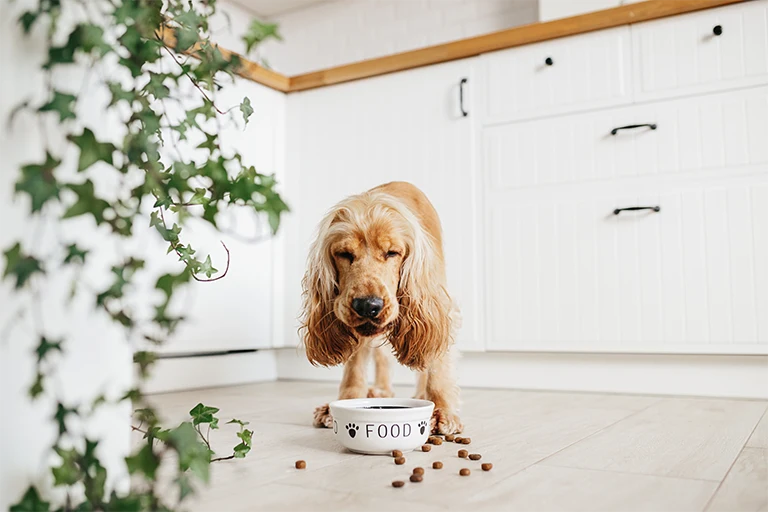
Do you live in an apartment or can’t take your dog out a lot?
Indoor potty training can help!
It’s all about picking a spot in your home where your dog can go.
This could be on special pads, fake grass, or even in a box.
Your dog has a place to go, even if they can’t go outside.
Choose a spot in your home that’s easy to clean.
Make sure it’s away from where your dog eats or sleeps.
Put down puppy pads, fake grass, or use a special dog box.
This makes cleaning up easy.
Take your dog to this spot often, like after they eat or play.
Say “go potty” so they know what to do.
When your dog goes in the right spot, give them a treat.
They’ll want to keep doing it!
Please clean the spot often.
Outdoor Potty Training
Training your dog to go potty outside?
This method is all about making a routine.
Your dog will learn to wait to go outside.
Choose one place in your yard or nearby for your dog to go.
Going to the same spot helps your dog learn faster.
Take your dog out often. Like after eating or waking up.
Younger pups need more trips outside.
Every time you go out, say “Go Potty.”
Your dog will learn what that means.
If your dog goes inside, it’s okay. Clean up and keep going.
Don’t get mad. It just makes things harder.
Eating Style
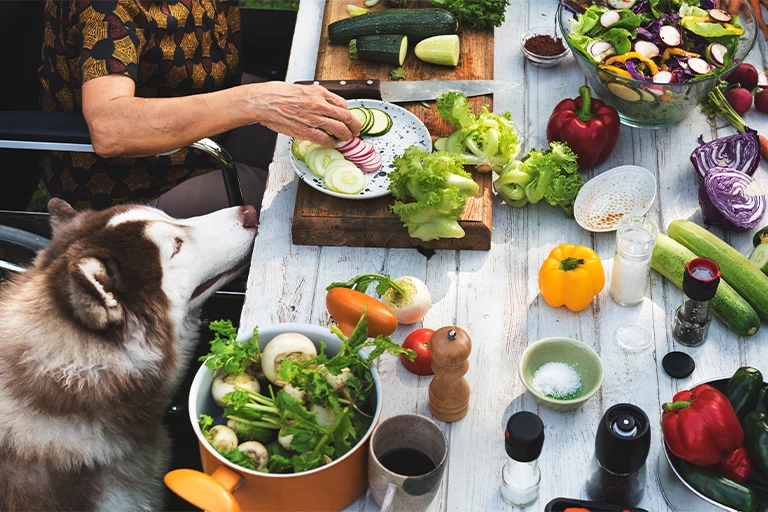
Watch your dog’s diet!
What your dog eats and when they eat it can make a big difference.
A steady diet means fewer surprises.
Feed your dog at the same times every day.
When they eat regularly, they’ll go potty regularly.
This means fewer accidents!
Give your dog high quality food.
The right food keeps their tummy happy and potty times predictable.
Too much food means too many bathroom breaks.
Stick to the right amount for your dog’s size and age.
Treats are good, but too many can mess up your dog’s schedule.
Use other ways to say “good job” like a pat or kind words.
Keep fresh and clean water ready for your dog.
It’s good for them and helps with potty training too.
Potty Training When You Work
Potty training can feel like a task. But, with the right strategies, it’s manageable.
Kick-start the day with a morning walk or a trip to their potty zone.
This ensures they start the day on the right note.
Can’t be home?
Think about hiring a dog walker or pet sitter.
They can give your pup those much-needed potty breaks.
Even a helpful neighbor can chip in!
Longer workday?
Set up puppy pads or an indoor grass patch.
It’s their go-to spot when you’re away.
Dogs don’t like messing where they sleep.
Just make sure you’re not gone too long.
They have their bathroom breaks when you’re back.
Positive vibes only!
Always reward the good stuff.
Whether you’re there or it’s through your sitter, a little praise goes a long way.
Nighttime Potty Training
For a peaceful night and a fresh morning start, here’s your game plan.
Nighttimes can be challenging.
With the right strategies, both you and your pup can wake up feeling refreshed.
Before you hit the hay, take your pup out for one last bathroom break.
Make sure they’ve got ample time to do their business.
A nighttime crate is a boon.
Place it close to your room.
It helps them feel secure and lets you catch their cues if they need a middle-of-the-night outing.
Yes, hydration is key.
But, try to scale back on the water bowl as bedtime nears.
It’ll reduce those midnight potty urges.
Just make sure they’re drinking enough during the day.
Is your puppy pacing or whining?
They’re probably signaling a bathroom break.
Please act swiftly, guide them out.
They’ll soon link the dots between signaling and going out.
As puppies grow, their bladder control gets better.
Slowly stretch the time between nighttime breaks.
But a heads-up, morning bathroom visits are a must, no matter their age!
Potty Training Older Dogs
Think potty training’s only for puppies?
Think again!
Older dogs sometimes need a refresher course, and here’s your blueprint to success.
Training an older dog can seem daunting.
Even senior pups can pick up new bathroom habits.
Before diving into training, rule out health concerns.
Sudden accidents in a previously trained dog might hint at health issues.
A quick vet visit can clear any doubts.
No matter their age, the foundation of potty training remains unchanged.
Stick to a regular bathroom routine, use familiar commands, and shower them with praise for getting it right.
Teaching an old dog might take a tad longer.
Positive vibes and patience are your best allies.
Steer clear from shouting; it only makes things tricky.
Adopted an older dog?
If they’ve got puzzling habits, it might be time to ring in a dog training expert.
They’ll offer tailored strategies that align with your dog’s past experiences.
Like us, older dogs face age-related challenge.
Think less bladder control or slower steps.
Embrace their pace, adjust routines, and consider setting up a cozy indoor potty spot.
Potty Pads
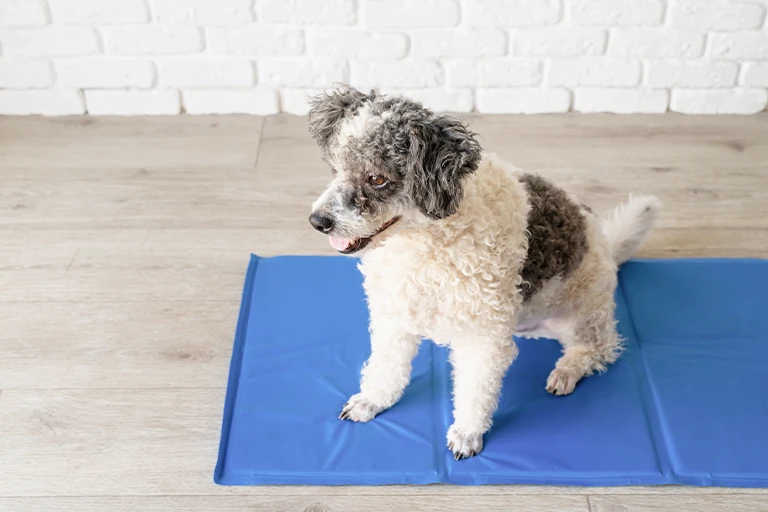
Juggling apartment living or indoor training?
Potty pads are lifesavers for those tight on outdoor space.
With their super-soak design, they catch every drop, ensuring your floors stay spotless.
These pads aren’t just for catching spills.
They signal to your dog: “This is your indoor bathroom spot.” And when stepping outside isn’t an option, they’re a handy backup.
Don’t skimp on quality.
Opt for pads that promise max absorption and zero leaks.
A secret tip?
Some pads come with an attractant, subtly guiding your dog to the right spot.
Lead your dog to their pad often, especially after meals or playtime.
Use cues like “Go Potty”.
It’s like telling them: “This is where the magic happens.”
Spot a used pad?
Time for a swap.
Fresh pads keep your dog on track and reduce indoor mishaps.
Regular changes? Non-negotiable. It keeps things clean and ensures your dog doesn’t seek alternatives.
Potty pads.
They’re simple, effective, and every indoor trainer’s secret weapon.
Paper Training
Live high up or can’t go outside much?
Paper training is your answer.
It’s simple.
Teach your dog to go potty on newspapers or pads inside your home.
Find a quiet place inside.
Keep it away from where your dog eats or sleeps.
A spot that’s easy to clean, like a tile floor, is best.
At first, cover the whole spot with newspaper or pads.
This makes a big bathroom space for your dog.
Once your dog gets it, start using less paper.
This teaches them to go only on the paper.
If your dog goes off the paper, clean it up right away.
This stops them from going there again.
The Potty Training Timeline
“How long until my pup is potty trained?”
Well, it’s different for every dog.
Things like age, breed, and your training routine can change the timeline.
Most puppies get the hang of it in 4-6 months.
But remember, that’s just an average.
Some might learn faster, while others take longer.
The big thing?
Stay patient and consistent.
Puppies under 12 weeks old can’t fully control when they go.
So, those first weeks need a lot of patience.
Small dog breeds need to go more often because they have tiny bladders.
Bigger breeds, even though they have more space, are still learning.
Every dog learns in their own time.
Each step forward is a win.
Celebrate those moments.
It boosts your spirits and helps your pup too.
Conclusion
Which tip do you think you’ll try first?
Please, let us know your thoughts in the comments.
Sign up for our emails to get more strategies.
And if you found this helpful, please share it with your friends on social media.

